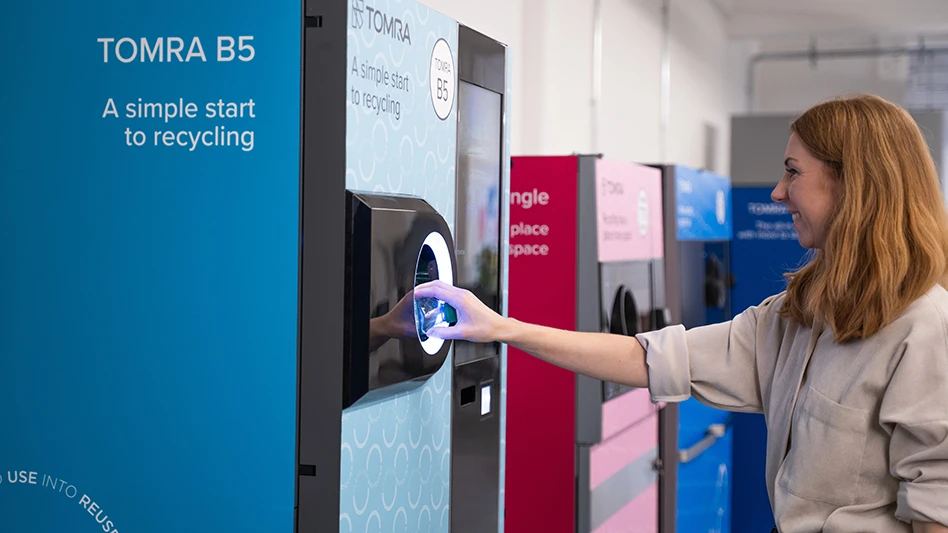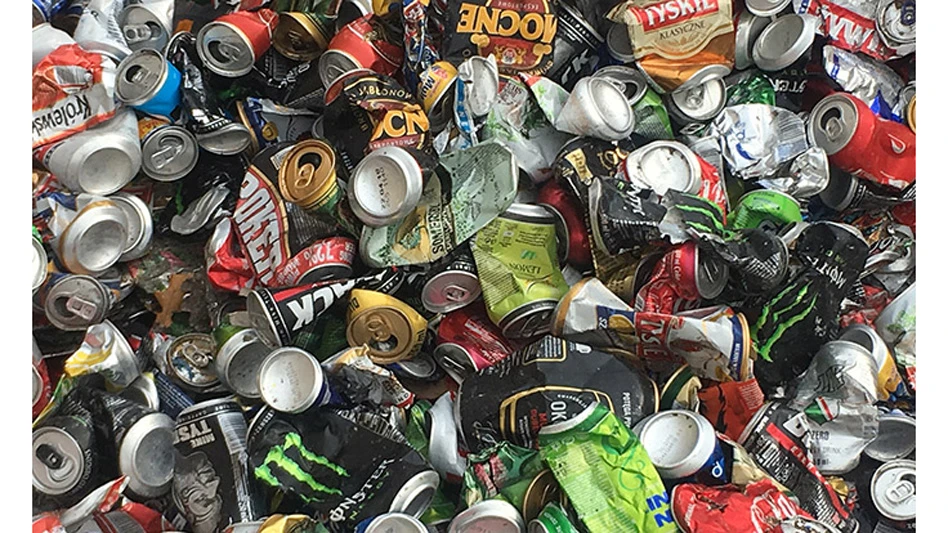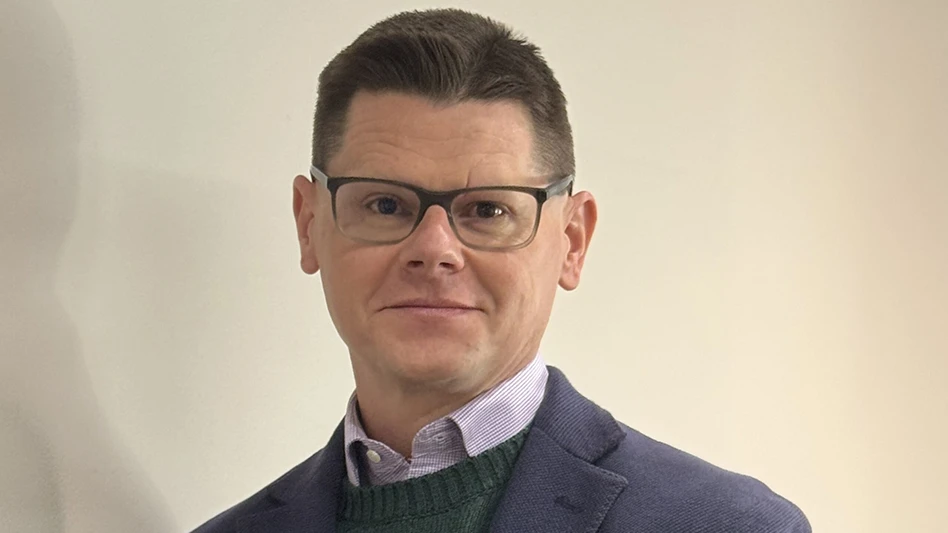
Publicly traded U.S.-based steelmakers have invested $89.4 billion in their mills over the past 25 years, including $28.2 billion from January 2022 through March 2025.
These investments, along with a 1.5 percent compound annual growth rate in U.S. capacity, have resulted in a 40 million-metric-ton gap between capacity, which is at 121 million metric tons, and production, which was an estimated 80 million metric tons in 2022, according to research by the OECD, or Organization for Economic Cooperation and Development, a 38-member-country international organization that works to “stimulate economic progress and world trade.”
These investments have focused on electric arc furnace (EAF) mills targeting new products and geographic markets as well as decarbonization projects at blast furnace/basic oxygen furnace (BF/BOF) mills.
According to the OECD, the U.S., which added 7.3 million metric tons of capacity from 2020-2022, ranked third, preceded by India at 9.7 million additional metric tons for a total of 138.4 million tons and No. 1 Iran at 12.6 million additional metric tons for a total of 62.8 million metric tons of capacity.
The global steel industry continues to “grow young,” as my former boss and mentor Peter F. Marcus used to say, with the construction of new state-of-the art facilities.
That we have no mechanism to remove old, inefficient capacity is a global challenge. No country or company wants to give up its production, so excess and, in many cases, obsolete, high-cost capacity remains in the market. Even when assets get shuttered, until they are disassembled and scrapped, they could be restarted, and weak competitors disrupt the marketplace. In one instance, a U.S. steel producer bought a mill and had it shipped out of the country to ensure it did not reenter the domestic market.
New projects in the U.S. and abroad are funded on their merits or to fulfill other objectives, such as national identity, country or regional independence, or to take advantage of local lower raw material/resource costs.
Going green
U.S. EAF steelmakers started the move toward green steelmaking a decade ago.
As recyclers, U.S. EAF steelmakers, by definition, always have been “green,” generating 75 percent fewer CO2 emissions than traditional steelmakers. For every ton of steel produced, one engineering consultant in the industry estimates EAFs create 0.19 tons of CO2 compared with integrated steelmakers at 1.9 tons of CO2.
Achieving environmental goals has been a priority for U.S. EAF steelmakers.
Big River Steel constructed a LEED (Leadership in Energy and Environmental Design) certified facility in 2014-2015. The two largest U.S. EAF steel producers, Charlotte, North Carolina-based Nucor Corp. and Fort Wayne, Indiana-based Steel Dynamics Inc., were some of the earliest companies in the U.S. to expand their focus to “cleaner” sources of energy, defined as Scope 2 emissions. By 2020, Nucor was the seventh-largest corporate buyer of renewable electricity in the U.S. through virtual power purchase agreements and, in the past three years, has invested in green energy products, including wind, solar and, most recently, mini-nuclear.
EAF-based melt shop operating practices constantly are evolving in an effort to raise the bar.
Managing the metallics mix went from optimizing for input cost, including No. 1 heavy melt, pit scrap, skulls, turnings and borings, in the 1980s and ’90s to managing for purity aimed at diluting copper and other residuals by increasing scrap sorting and introducing carbon substitutes, such as pig iron, auto bundles, direct-reduced iron and hot-briquetted iron, in the 2000s to managing for energy consumption by taking advantage of injected carbon and alternative melting inducements using oxygen lances in the 2010s to harnessing improved control through optimization programs, reducing operator pulpit control in the past decade.
The global economic rebound after the COVID-19 pandemic reset the steel industry’s relationship with the financial markets. Much like the productivity gains from the Y2K challenges, the global steel industry came out of the pandemic with a new emphasis on reducing the risk of global supply chains, exerting greater local control over crude steel production and lowering global carbon emissions.
The shortage of steel during the postpandemic global economic reboot drove prices and profits higher, improved balance sheets and primed Wall Street financing sources (both equity and debt) to move forward with projects that previously were considered inconceivable.
The gap between the “haves” and the “have-nots” widened with respect to project financing. Financing methods include access to capital markets for equity and debt instruments, trade banks supporting equipment sales, private investment and institutional funding.

Investing in growth
The United States remains a net importer of steel and has been investing in expected future growth.
From 2020, the U.S. steel industry has consolidated and invested in new capacity representing 19.6 million announced net tons (not guaranteed to include every project).
Industry consolidation has occurred:
- Cleveland-Cliffs, based in Ohio, purchased AK Steel in March 2020 for $1.4 billion, ArcelorMittal USA (North American plants) in September 2020 for $3.3 billion and Stelco in November of last year for $2.5 billion. The company also proposed a $7.3 billion purchase of United States Steel Corp. in August 2023. While that deal was withdrawn, it potentially could be revived with encouragement.
- U.S. Steel purchased Big River Steel for $1.9 billion (funded by a German trade bank, state debt and pension investments) in January 2021.
- Nippon Steel Corp. proposed the $14.9 billion purchase of U.S. Steel in December 2023, a transaction that is being evaluated by the Committee on Foreign Investment in the United States. My sources say labor is on board, but the deal remains mired in political controversy as of this May.
New facilities also have opened or been announced:
- Nucor has made a number of investments, including $400 million in a 350,000-ton microbar mill in Sedalia, Missouri, that started in the first quarter of 2020; adding vacuum degassing in Darlington, South Carolina, which started up in late 2020; $240 million in a 380,000-ton microbar mill in Frostproof, Florida, that started up in late 2020; adding a $650 million, 1.4 million-ton EAF melt shop at Gallatin in Ghent, Kentucky, which started operating in the first half of 2023; $290 million to upgrade finishing lines at its facility in Crawfordsville, Indiana; and $1.7 billion in a 1.2 million-ton plate mill in Brandenburg, Kentucky, which began shipping in the first half of 2023. Nucor’s investments continued with a $100 million, 600,000-ton melt shop in Kingman, Arizona, which will start up in the first half of this year following a six-month delay. Its $3.1 billion, 3-million-ton sheet minimill, announced in 2021, in Apple Grove, West Virginia, was targeting startup in 2024, having pushed that to the second half of 2026. Nucor also is investing about $280 mil- lion in a new steel plate mill in Tuscaloosa, Alabama, and $350 million in a 430,000-ton microbar mill in Lexington, Kentucky. It expects the bar mill to start up in the first half of this year, following a six-month delay. Finally, the company is exploring a potential Pacific Northwest rebar micromill, which it announced in October 2023.
- North Star Bluescope Steel invested $700 million in a new 850,000-ton EAF melt shop and rolling mill that started up in May 2022. It also expanded to 1.3 million tons of finishing capacity with the $500 million purchase of Corner Stone Building Brands. It also is investing $130 million in a 300,000-ton expansion in Delta, Ohio, to be completed in 2028.
- U.S. Steel’s $450 million Big River electrical steel line in Osceola, Arkansas, started up in October 2023. The company’s Big River 2 project in Osceola involved a $3 billion investment in 3 million tons of capacity through the addition of two EAFs and an endless casting mill. This project started operating in the third quarter of last year. In September 2021, U.S. Steel announced it would invest $3 billion in a 3 million-ton-per-year sheet minimill, initially targeting production to begin in 2024. Potential sites included its existing EAF properties in Alabama and Arkansas, but the site committee also was considering greenfield options. However, this investment was tabled in light of the Nippon takeover offer.
- Steel Dynamics invested $1.9 billion in its 3-million-ton, 84-inch-wide, 1-inch-thick flat-rolled mill in Sinton, Texas, which includes a 550,000-ton galvanizing line and a 250,000-ton paint line, which started up in 2021. The company anticipates reaching full capacity this year.
- Ternium Mexico announced in the first quarter of 2022 plans to invest $1 billion to add a second cold-rolling mill, a third galvanizing mill and several finishing lines at its Pesqueria facility in the state of Nuevo León. This was in addition to the 4.4-million-ton fully automated hot-rolling mill the company started up in 2021.
- CMI invested $300 million in a 500,000-ton microbar mill in Mesa, Arizona. The ribbon-cutting for that mill was in October 2023.
- AM/NS, a 50/50 joint venture of ArcelorMittal and Nippon in Calvert, Alabama, invested $775 million in a project announced in the first quarter of 2021 to add a 280,000-metric-ton DC furnace. The company expanded its investment to $1 billion for a 1.68-million-ton furnace with the option to expand to 3 million metric tons in 2024/2025. Commissioning was postponed in July 2023, with startup now planned for the second quarter of this year.
- Pacific Steel Group spent $350 million on a 380,000-ton rebar mill in Mojave, California, and commissioning was expected early this year.
- Algoma invested CA$700 million ($501.2 million) in 3.7 million tons of capacity through the addition of two EAFs, replacing its current 2.8 million tons of BF/BOF steelmaking for a net gain of 900,000 tons.
- Hybar has invested $700 million in a 630,000-ton bar mill in Osceola, with startup targeted for this month. Hybar II, announced in August of last year, also plans a bar mill for the South or Pacific Northwest.
- According to reports in January, Hyundai Motor Group will invest $6 billion to build a steel mill complex in Donaldsonville, Louisiana.
Decarbonization drives investments
Decarbonization efforts driving the next round of investments globally likely will include green energy, with European steelmakers rerouting their first-stage pig production away from blast furnaces.
India also has continued to invest, including in North Africa, Iran and Iraq.
China no longer is adding steelmaking capacity domestically, but it continues to upgrade its product capabilities. The country has shifted its focus to North African countries, expanding its Belt & Road Initiative.
As the world changes, the only way to win is to anticipate and adapt.
Critical resources of the past can sometimes become irrelevant to the future. Some examples are taxicabs, somewhat replaced by app-based car share programs, and the telegraph machine, replaced by the rotary phone, which was replaced by cellphones.
The steel industry, where Bessemer furnaces and ingot casting have been replaced by BF/BOF/EAF furnaces and continuous casting, now is being considered through the lenses of “green” steelmaking and near net shape casting.

Explore the June 2025 Issue
Check out more from this issue and find your next story to read.
Latest from Recycling Today
- ReMA urges open intra-North American scrap trade
- Axium awarded by regional organization
- China to introduce steel export quotas
- Thyssenkrupp idles capacity in Europe
- Phoenix Technologies closes Ohio rPET facility
- EPA selects 2 governments in Pennsylvania to receive recycling, waste grants
- NWRA Florida Chapter announces 2025 Legislative Champion Awards
- Goldman Sachs Research: Copper prices to decline in 2026





